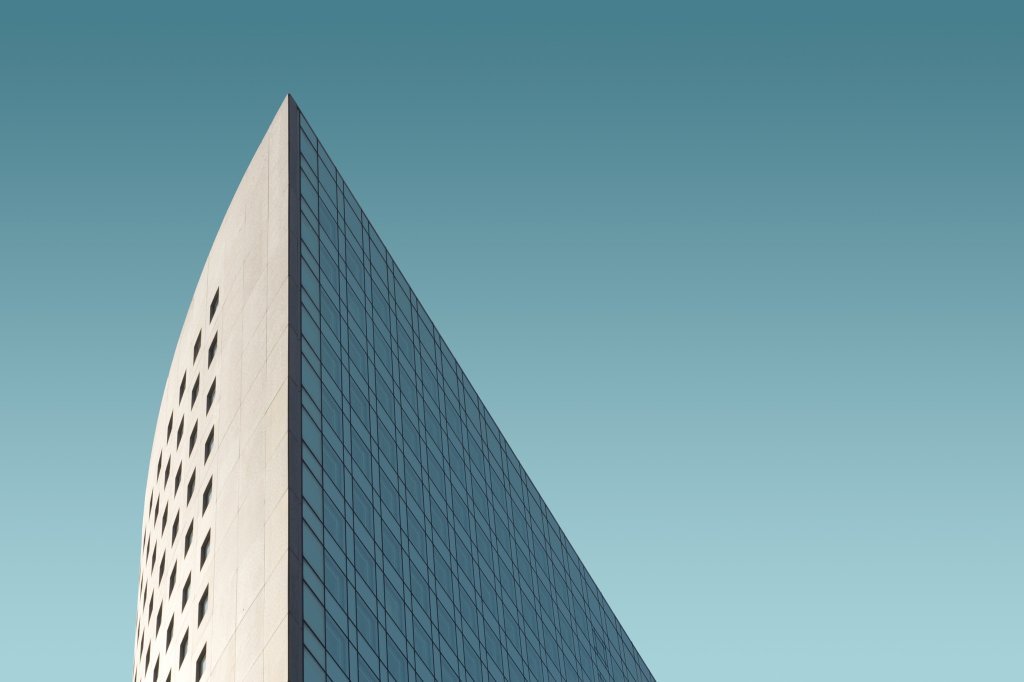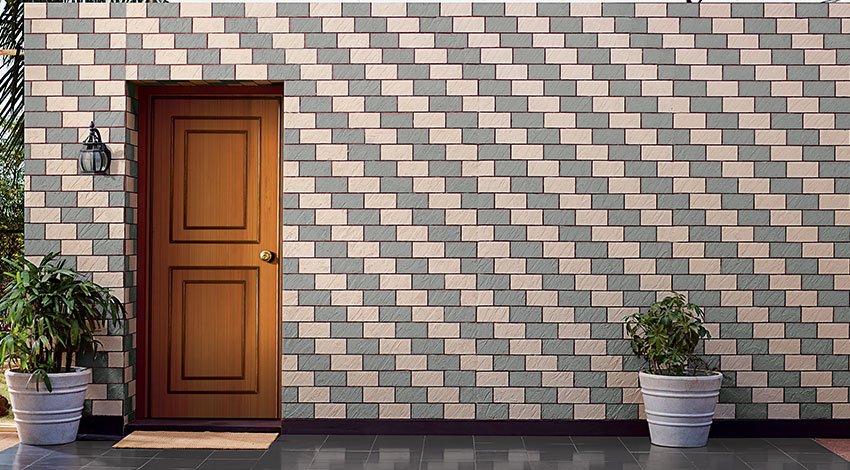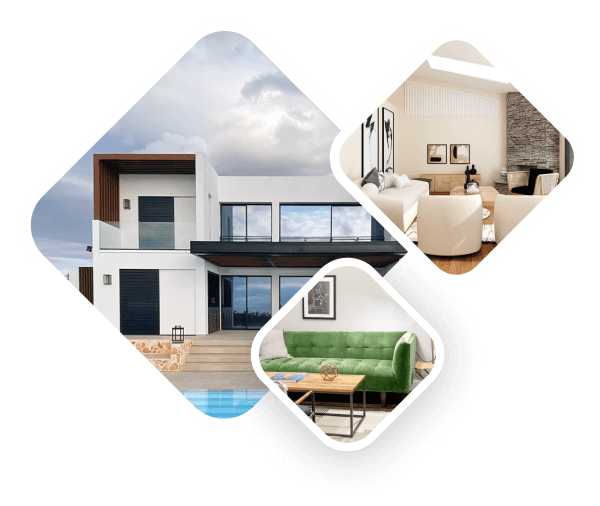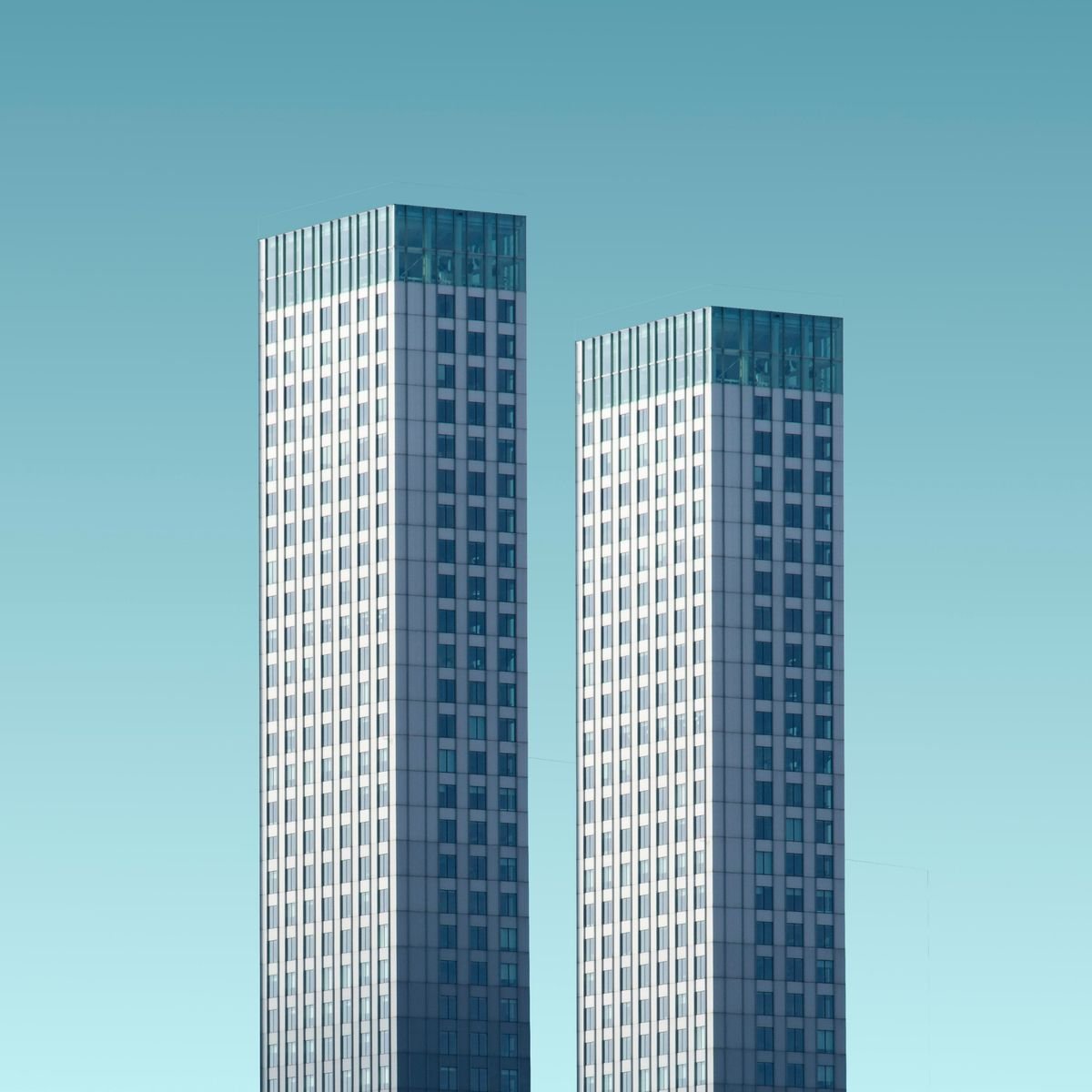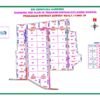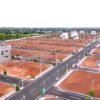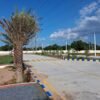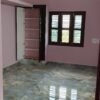Best Painting Varieties for Homes & Commercial Buildings
nagajayakrishnav@gmail.com
1. Interior Paints Definition: A traditional water-based paint made with chalk, lime, and natural pigments. Cost: Very economical compared to emulsions. Finish: Provides a basic, matte wall finish. Durability: Low – it fades quickly, peels off in moisture, and is not washable. Best Use: Temporary constructions, low-budget projects, or areas where repainting is frequent. Drawback: Not suitable for damp areas (bathrooms, kitchens, exteriors). A water-based paint with synthetic resins, pigments, and binders, making it stronger than distemper. Cost: Moderate (higher than distemper but cheaper than premium paints). Finish: Smooth, elegant look with options like matte, satin, or glossy finish. Durability: High – washable, stain-resistant, and long-lasting. Best Use: Interior walls, ceilings, and even exteriors (special weatherproof emulsions available). Advantages: Low odor, quick drying, wide color range, eco-friendly (low VOC). Drawback: Slightly costlier than distemper and may need primer for best results. A premium-quality water-based paint made with acrylic resins that gives a rich and glossy look to walls. Cost: Higher than emulsion paints but worth it for durability and luxury finish. Finish: Shiny, smooth, and glossy appearance that enhances interiors. Durability: Very high – long-lasting, washable, resistant to stains, moisture, and fading. Best Use: High-end homes, offices, showrooms, and areas where an elegant look is desired. Advantages: Excellent coverage, easy to clean, wide shade variety, luxurious finish. Drawbacks: Costly compared to emulsion/distemper; surface preparation is necessary. A decorative wall paint that contains special additives to create unique patterns, designs, and 3D effects on walls. Cost: Higher than regular emulsion and plastic paints due to design and material. Finish: Stylish, artistic look with textures like sand, stone, fabric, metallic, or abstract patterns. Durability: High – resistant to minor scratches and hides surface imperfections. Best Use: Accent walls, living rooms, feature walls in bedrooms, offices, hotels, and showrooms. Advantages: Adds luxury appeal, customizable designs, long-lasting finish, covers uneven surfaces. Drawbacks: Expensive, requires skilled painters, not easy to repaint or remove. An oil-based or synthetic resin-based paint known for its glossy, hard, and durable finish. Commonly used on wood, metal, and trims. Cost: Moderate to high, depending on the brand and type (oil-based or water-based enamel). Finish: Glossy or semi-gloss finish that gives surfaces a polished and smooth look. Durability: Very high – resistant to moisture, heat, stains, and wear & tear. Best Use: Doors, windows, railings, grills, furniture, trims, and sometimes on walls for a shiny effect. Advantages: Strong protective layer, easy to clean, enhances surface appearance, long-lasting. Drawbacks: Oil-based enamel takes longer to dry, may have odor, and requires thinner/turpentine for cleaning. 2. Exterior Paints A water-based paint made from white cement, color pigments, and additives, specially designed for exterior walls. Cost: Economical compared to emulsions and weatherproof paints. Finish: Matte, rough, and non-reflective surface. Durability: Moderate – provides waterproofing and UV resistance but needs reapplication after a few years. Best Use: Exterior walls, boundary walls, terraces, and areas exposed to heavy sun and rain. Advantages: Waterproof, affordable, prevents fungus growth, and protects walls from weather damage. Drawbacks: Limited shade variety, rough finish, not suitable for interiors, and prone to fading over time. A water-based paint made with acrylic resins, designed to withstand harsh outdoor conditions. Cost: Mid to high range, depending on brand and quality. Finish: Smooth and elegant, available in matte, satin, or glossy variants. Durability: High – flexible coating prevents surface cracks, highly UV-resistant, and long-lasting. Best Use: Exterior walls of residential and commercial buildings, high-rise apartments, and villas. Advantages: Protects against fading, cracking, and peeling; wide color range; quick drying; eco-friendly. Drawbacks: More expensive than cement paint; requires skilled application and primer for best results. A premium exterior paint formulated with advanced polymers to protect walls from extreme weather conditions like heavy rain, sunlight, and humidity. Cost: Higher than acrylic and cement paints, but offers long-term value. Finish: Smooth and rich appearance, available in matte, satin, and glossy options. Durability: Very high – long-lasting protection against fading, peeling, algae, and dampness. Best Use: Exterior walls of houses, apartments, commercial complexes, coastal areas, and regions with heavy rainfall. Advantages: Waterproof, UV-resistant, anti-fungal, maintains color brightness for years, low maintenance. Drawbacks: More expensive; requires proper surface preparation and primer for best performance. A high-performance exterior paint formulated with silicone resins that provide excellent water repellency and weather resistance. Cost: Premium – more expensive than cement, acrylic, and standard weatherproof paints. Finish: Smooth, luxurious, and long-lasting appearance with superior sheen retention. Durability: Extremely high – resists rainwater penetration, UV rays, dust, algae, and fading for many years. Best Use: Premium residential buildings, commercial complexes, villas, and structures in heavy rainfall or coastal regions. Advantages: Outstanding waterproofing, breathable film (allows trapped moisture to escape), self-cleaning properties (dirt washes away with rain), long life span. Drawbacks: High cost; requires skilled application and proper surface preparation. A decorative paint designed for outer walls, made with special additives to create patterns, depth, and a premium textured effect. Cost: Higher than regular exterior paints due to design and material. Finish: Stylish, rough-to-touch surface that enhances the richness of building exteriors. Durability: High – protects against cracks, fading, and weather damage while hiding uneven surfaces. Best Use: Exterior feature walls, villas, apartments, hotels, commercial buildings, and accent walls. Advantages: Luxurious look, customizable designs, conceals surface imperfections, durable in all weather. Drawbacks: Expensive, requires expert painters, difficult to repaint once applied. 3. Specialty Paints A specialized paint formulated with antimicrobial agents that prevent the growth of fungus, mold, and bacteria on wall surfaces. Cost: Slightly higher than regular emulsion paints, but affordable compared to premium coatings. Finish: Smooth and hygienic surface, available in matte or satin finishes. Durability: High – long-lasting protection in moisture-prone areas. Best Use: Bathrooms, kitchens, hospitals, schools, basements, and damp interiors. Advantages: Prevents mold, fungus, and bacterial growth; improves indoor air quality; protects health; easy to clean. Drawbacks: Limited color range compared to decorative paints; slightly costlier than normal emulsion. A specialized paint formulated with heat-reflective pigments that reduce solar heat absorption and keep buildings cooler. Cost: Higher than regular exterior paints
